

Articles
How To Store Scrambled Eggs
Modified: December 7, 2023
Learn the best way to store scrambled eggs and keep them fresh for later use. Read our informative articles for tips and tricks on egg storage.
(Many of the links in this article redirect to a specific reviewed product. Your purchase of these products through affiliate links helps to generate commission for Storables.com, at no extra cost. Learn more)
Introduction
Welcome to the world of delicious and convenient meal preparation! Have you ever found yourself with leftover scrambled eggs and wondered if you could store them for later? Well, you’re in luck because we’re here to provide you with all the information you need to know about storing scrambled eggs!
Scrambled eggs are a breakfast staple loved by many. Their fluffy texture and rich flavor make them a go-to choice for a satisfying morning meal. But what happens when you cook too many eggs and have leftovers? Instead of wasting those tasty scrambled eggs, why not store them properly so you can enjoy them later?
There are various reasons why you might want to store scrambled eggs. Perhaps you’re meal prepping for the week and want to have a ready-made breakfast option. Maybe you’re hosting a brunch and want to prepare as much as you can in advance. Or it could simply be that you cooked too many eggs and want to avoid waste. Whatever the reason, learning how to store scrambled eggs correctly will ensure that you can enjoy them at a later time without compromising on taste or quality.
Before we dive into the storage methods, it’s important to note that the key to storing scrambled eggs lies in proper preparation and handling. By following a few simple steps and guidelines, you can extend the shelf life of your scrambled eggs and maintain their deliciousness.
In the next section, we’ll discuss the proper way to prepare scrambled eggs for storage, ensuring that they are safe to consume and retain their amazing flavor. So, let’s get cracking!
Key Takeaways:
- Storing scrambled eggs is a practical solution for meal prep, reducing food waste, and enjoying a quick breakfast. Proper preparation, storage, and handling ensure delicious results whether refrigerating or freezing.
- To maintain the quality of stored scrambled eggs, follow tips such as using airtight containers, labeling, and avoiding repeated freezing and thawing. With these guidelines, you can confidently store and enjoy delicious scrambled eggs.
Read more: How To Store Egg
Why Store Scrambled Eggs?
You may be wondering why anyone would want to store scrambled eggs in the first place. After all, they are quick and easy to make, so why not just cook them fresh each time? Well, there are several reasons why storing scrambled eggs can be beneficial:
- Convenience: By storing scrambled eggs, you can have a ready-made breakfast option available whenever you need it. This is especially useful for busy mornings or when you’re running low on time.
- Meal Prep: If you’re into meal prepping, having scrambled eggs on hand can be a time-saver. You can cook a large batch and portion them out into individual containers for easy grab-and-go meals throughout the week.
- Reducing Food Waste: Cooking too many scrambled eggs can easily happen, especially when you’re cooking for a crowd. Instead of letting the leftovers go to waste, storing them allows you to enjoy them later, minimizing food waste.
- Budget-Friendly: By storing scrambled eggs, you can take advantage of bulk purchases or sales on eggs. This helps you save money and make the most of your grocery budget.
- Variety of Recipes: Storing scrambled eggs opens up the possibility of using them in various recipes. You can incorporate them into breakfast burritos, sandwiches, casseroles, or even salads, adding a protein-packed ingredient to your dishes.
So, whether you’re in need of a quick breakfast option, looking to save time in the kitchen, or wanting to reduce food waste, storing scrambled eggs can be a practical and beneficial solution. Now that we understand the reasons for storing scrambled eggs, let’s explore the proper methods for preparing them for storage.
Properly Preparing Scrambled Eggs for Storage
Before you can store scrambled eggs, it’s important to ensure that they are properly prepared for storage. This involves a few simple steps to maintain their quality and safety:
- Cook the Eggs Fully: When preparing scrambled eggs for storage, make sure they are cooked fully. Undercooked eggs may not hold up well during storage and can pose a risk of foodborne illness. Cook the eggs until they are firm and there is no runny liquid left.
- Avoid Overcooking: While it’s important to fully cook the eggs, be mindful not to overcook them. Overcooking can result in dry, rubbery scrambled eggs that are less enjoyable to eat. Cook them until just done to maintain their fluffy texture.
- Cool the Eggs Quickly: Once the scrambled eggs are cooked, allow them to cool down quickly. Placing them in an ice bath or spreading them out on a cooling rack will help cool them faster and prevent any bacterial growth.
- Divide into Individual Servings: To make it easier for storage and future use, divide the scrambled eggs into individual servings. This way, you can take out only what you need without having to defrost and reheat the entire batch.
- Use Proper Storage Containers: When storing scrambled eggs, use airtight containers to keep them fresh and prevent any odors or flavors from transferring. Glass or plastic containers with tight-fitting lids work well for this purpose.
By following these steps, you can ensure that your scrambled eggs are properly prepared for storage. Now, let’s move on to learn how to store scrambled eggs in the refrigerator to keep them fresh for a few days.
Storing Scrambled Eggs in the Refrigerator
Refrigerating scrambled eggs is a popular method for storing them, as it allows you to keep them fresh for a few days. Here’s how to properly store scrambled eggs in the refrigerator:
- Cool Down the Eggs: After preparing scrambled eggs, allow them to cool down to room temperature before placing them in the refrigerator. This helps prevent condensation from forming inside the container and affecting the texture of the eggs.
- Choose the Right Container: Opt for airtight containers or resealable bags to store your scrambled eggs. These will help maintain freshness and prevent odors from seeping in.
- Portion Sizes: Divide the scrambled eggs into individual serving sizes or portions. This way, you can easily take out what you need without having to defrost the entire batch. It also helps maintain the quality of the eggs as you won’t have to repeatedly expose them to temperature changes.
- Label and Date: For easier organization, label the containers or bags with the date of preparation. This will help you keep track of the freshness and ensure that you use the oldest batch first.
- Store in the Coldest Part of the Refrigerator: Place the containers of scrambled eggs in the coldest part of the refrigerator, usually the back or bottom shelf. Avoid storing them in the refrigerator door, as this area is prone to temperature fluctuations.
- Usage Time: Stored scrambled eggs can typically remain fresh in the refrigerator for up to 3-4 days. However, for optimal quality, it’s best to consume them within 1-2 days of storage.
Remember to always practice good food safety measures when storing scrambled eggs. If at any point you notice any signs of spoilage, such as a strange smell or mold, discard the eggs immediately.
Now that you know how to store scrambled eggs in the refrigerator, what if you want to extend their shelf life even further? The next section will guide you through the process of freezing scrambled eggs for longer storage.
After scrambling eggs, store them in an airtight container in the refrigerator for up to 3-4 days. Reheat in the microwave or on the stovetop for a quick and easy breakfast option.
Freezing Scrambled Eggs
If you want to store scrambled eggs for an extended period, freezing is a great option. Freezing scrambled eggs can help maintain their quality and flavor for several months. Here’s how to freeze scrambled eggs:
- Cool Down the Eggs: Allow the scrambled eggs to cool completely before freezing. This step helps prevent condensation from forming during the freezing process.
- Divide into Portions: Divide the scrambled eggs into individual portions or serving sizes. This way, you can easily thaw only what you need, avoiding unnecessary waste.
- Transfer to Freezer-Safe Containers: Transfer the scrambled eggs to freezer-safe containers or freezer bags. Be sure to label the containers with the date of freezing for easy tracking.
- Remove Excess Air: Squeeze out any excess air from the containers or bags before sealing. This helps prevent freezer burn and maintains the quality of the scrambled eggs.
- Freeze Flat: To save space and make thawing easier, freeze the containers or bags of scrambled eggs flat. Once frozen, they can be stacked on top of each other in the freezer.
- Freeze Time: Scrambled eggs can be stored in the freezer for up to 2-3 months. However, for the best quality, it’s recommended to consume them within the first month of freezing.
- Thawing: To thaw frozen scrambled eggs, transfer the containers from the freezer to the refrigerator the night before you plan to use them. Allow them to thaw slowly in the refrigerator overnight.
- Reheat Properly: Once thawed, reheat the scrambled eggs in a pan over low heat, stirring occasionally until warmed through. This will help restore their texture and taste.
By following these steps, you can successfully freeze scrambled eggs and enjoy them at a later time. Whether you’re meal prepping or simply want to have a convenient breakfast option on hand, freezing scrambled eggs can be a time-saving and practical solution.
Now that you know how to freeze and thaw scrambled eggs, let’s explore some tips for maintaining the quality of stored scrambled eggs in the next section.
Read more: How To Store Egg Whites
Thawing and Reheating Scrambled Eggs
When it comes to enjoying stored scrambled eggs, the process of thawing and reheating is crucial. Properly thawing and reheating ensures that the eggs maintain their flavor, texture, and safety. Here’s how to thaw and reheat scrambled eggs:
- Thawing in the Refrigerator: The best and safest method to thaw scrambled eggs is by transferring the container from the freezer to the refrigerator. Allow them to thaw slowly overnight. This gradual thawing helps preserve the texture of the eggs and prevents them from becoming watery.
- Reheating on the Stove: To reheat scrambled eggs, heat a non-stick pan over low to medium-low heat. Add a small amount of butter or oil to the pan to prevent sticking. Transfer the thawed scrambled eggs to the pan and gently stir until heated through. Avoid overheating, as it can result in dry and rubbery eggs.
- Reheating in the Microwave: If you’re short on time, you can also reheat scrambled eggs in the microwave. Place the thawed eggs in a microwave-safe dish and cover with a microwave-safe lid or plastic wrap. Microwave in 30-second intervals, stirring in between, until the eggs are heated thoroughly. Be cautious not to overcook them, as microwaving for too long can result in a rubbery texture.
- Season and Serve: Once the scrambled eggs are reheated, you can season them with salt, pepper, or any other desired spices. Serve them as is or incorporate them into your favorite dishes or recipes.
Remember, it’s important to handle reheated scrambled eggs safely. Avoid leaving them at room temperature for an extended period and refrigerate any leftovers promptly.
Now that you know how to properly thaw and reheat stored scrambled eggs, let’s explore some tips for maintaining the quality of these delicious breakfast treats.
Tips for Maintaining Quality in Stored Scrambled Eggs
To ensure that your stored scrambled eggs remain fresh, flavorful, and safe to consume, follow these tips for maintaining their quality:
- Proper Storage: Whether storing in the refrigerator or freezer, make sure to use airtight containers or freezer bags to prevent air and moisture from reaching the eggs.
- Date and Label: Always label the containers with the date of preparation or freezing. This helps you keep track of their freshness and use the oldest batches first.
- Follow Recommended Storage Time: Respect the recommended storage time for scrambled eggs. In the refrigerator, consume them within 1-2 days, while in the freezer, it’s recommended to consume them within the first month.
- Safe Thawing: Thaw frozen scrambled eggs in the refrigerator to prevent bacterial growth. Avoid thawing at room temperature, as it can lead to the growth of harmful bacteria.
- Reheat Gently: When reheating scrambled eggs, do it slowly and over low to medium-low heat. Avoid overheating, as it can result in dry and rubbery eggs.
- Avoid Repeated Freezing and Thawing: Refreezing and rethawing scrambled eggs can affect their texture and quality. It’s best to thaw only what you need in one go and avoid refreezing any leftovers.
- Inspect for Spoilage: Before consuming stored scrambled eggs, inspect them for any signs of spoilage, such as a strange smell, unusual texture, or mold. If in doubt, discard them immediately.
- Don’t Store with Strong Odor Foods: To prevent cross-contamination of flavors, avoid storing scrambled eggs near strong-smelling foods, such as onions or garlic.
- Freeze Fresh Eggs: If you have fresh eggs that you want to store, crack and scramble them before freezing. This way, you can enjoy the best texture and taste when thawed and reheated.
By following these tips, you can ensure that your stored scrambled eggs maintain their quality and taste. Whether you’re storing them in the refrigerator for a few days or in the freezer for a few months, proper storage and handling practices are essential for delicious results.
Now that you’re armed with the knowledge of storing, thawing, and reheating scrambled eggs, you can confidently enjoy this versatile breakfast option whenever you desire.
Conclusion
Storing scrambled eggs can be a convenient and practical solution for a variety of situations. Whether you want to meal prep, reduce food waste, or simply have a quick and delicious breakfast option on hand, knowing how to store scrambled eggs properly is key.
We’ve learned that properly preparing scrambled eggs for storage is crucial to maintaining their quality and safety. Cooking them fully, avoiding overcooking, and cooling them down quickly are essential steps for ensuring optimal results.
Storing scrambled eggs in the refrigerator allows you to keep them fresh for a few days. By dividing them into portions and using airtight containers, you can easily enjoy them whenever you’re ready.
If you want to extend their shelf life even further, freezing scrambled eggs is a great option. Properly dividing, labeling, and freezing them flat ensures convenience and preserves their flavor and texture for several months.
Thawing and reheating stored scrambled eggs can be done in a few simple steps, whether on the stovetop or in the microwave. Taking care not to overcook and practicing safe food handling is essential for enjoying delicious scrambled eggs.
Finally, we’ve explored various tips for maintaining the quality of stored scrambled eggs, such as proper storage, labeling, and avoiding repeated freezing and thawing.
With these guidelines in mind, you can confidently store scrambled eggs and have a delicious and convenient meal option at your fingertips. So, the next time you find yourself with leftover scrambled eggs, don’t let them go to waste. Store them properly and enjoy a tasty breakfast whenever you’re ready!
Happy storing and bon appétit!
Frequently Asked Questions about How To Store Scrambled Eggs
Was this page helpful?
At Storables.com, we guarantee accurate and reliable information. Our content, validated by Expert Board Contributors, is crafted following stringent Editorial Policies. We're committed to providing you with well-researched, expert-backed insights for all your informational needs.
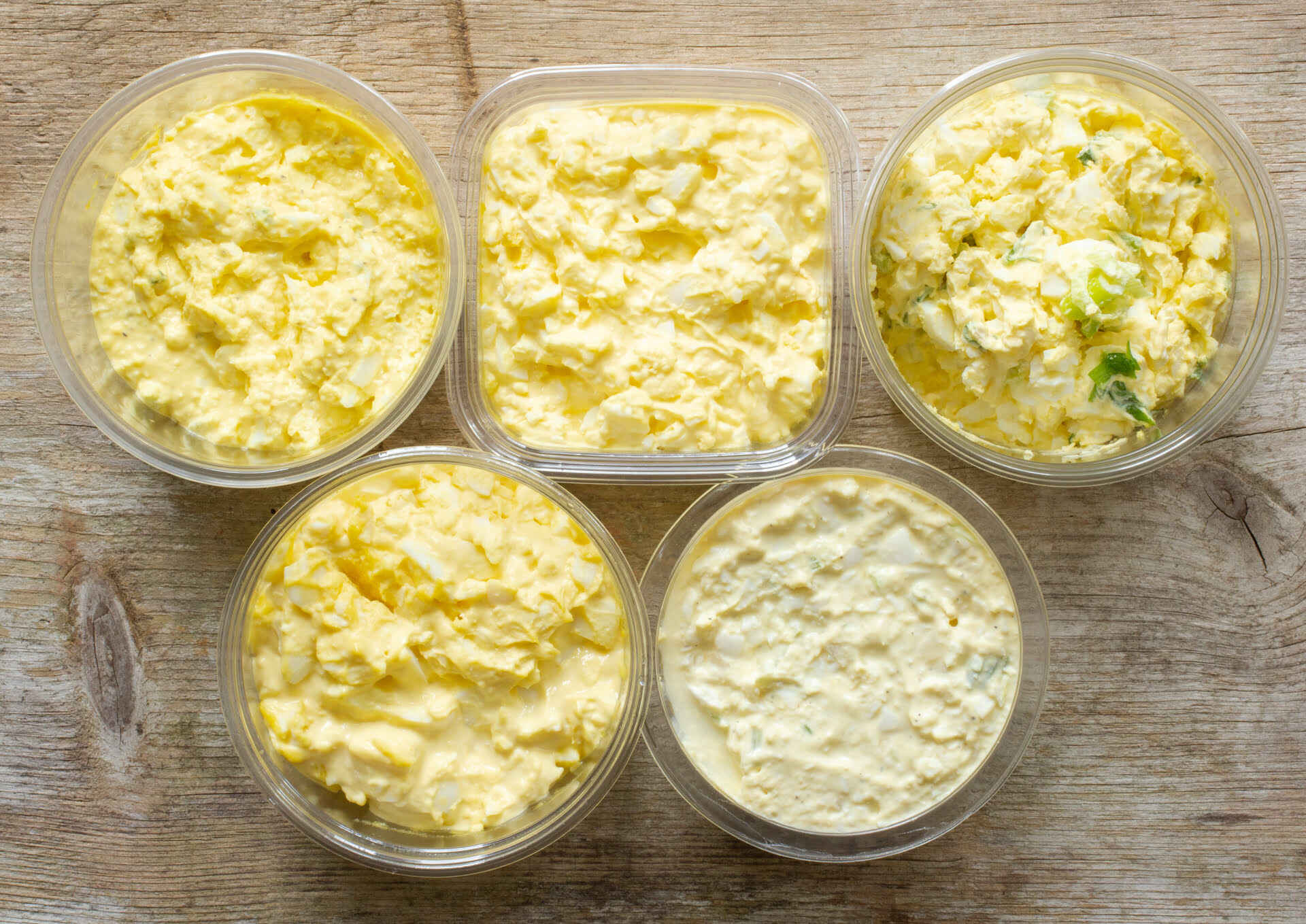
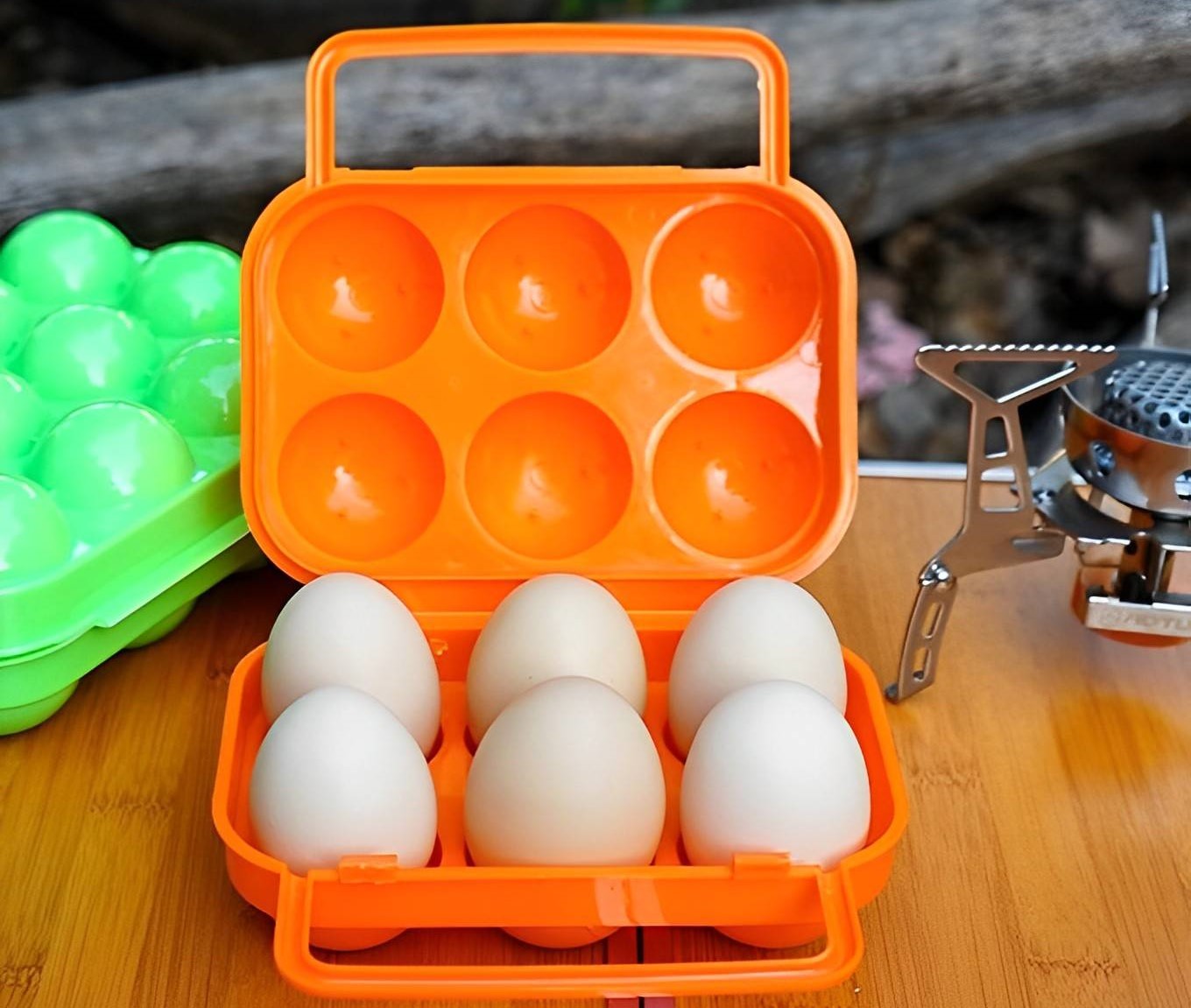

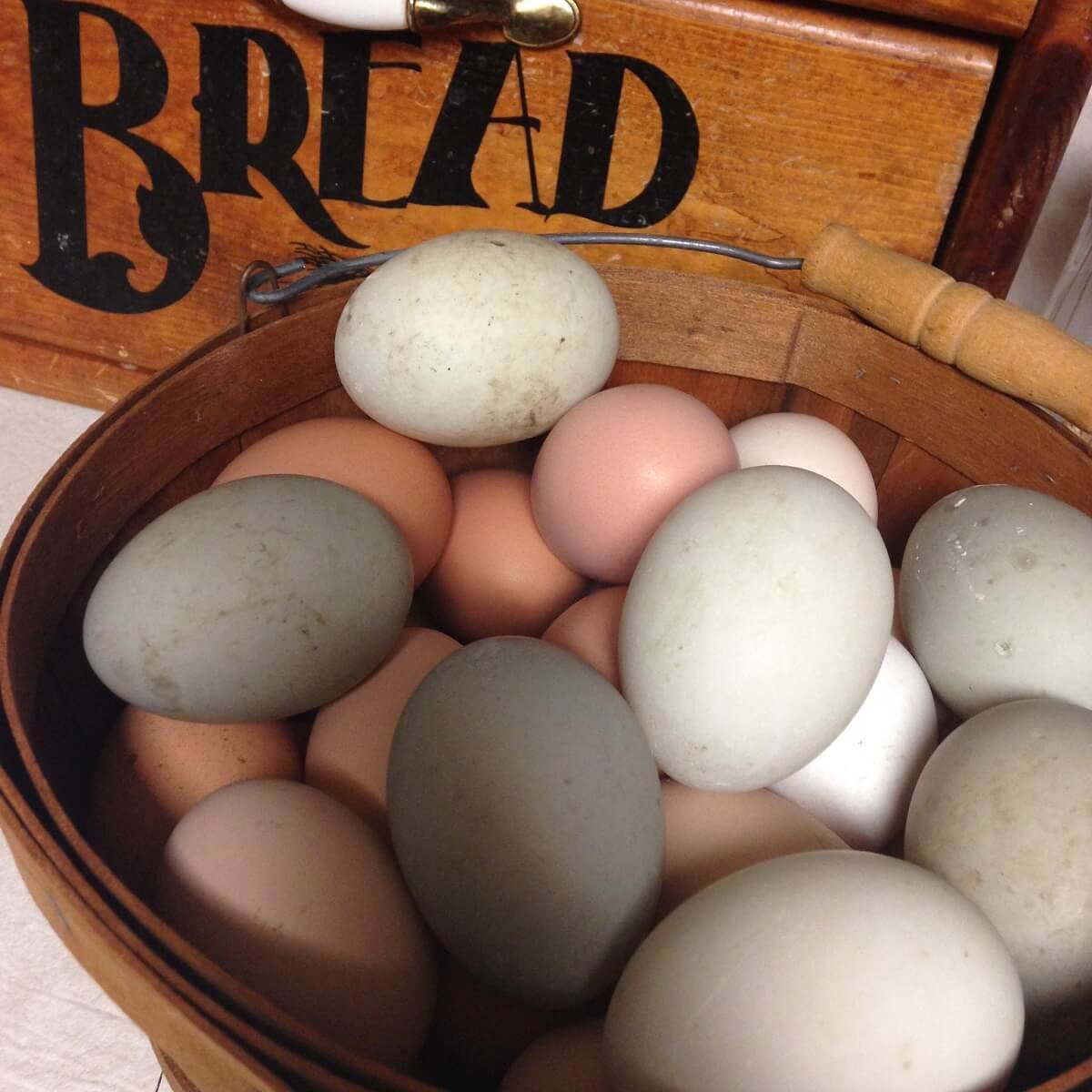

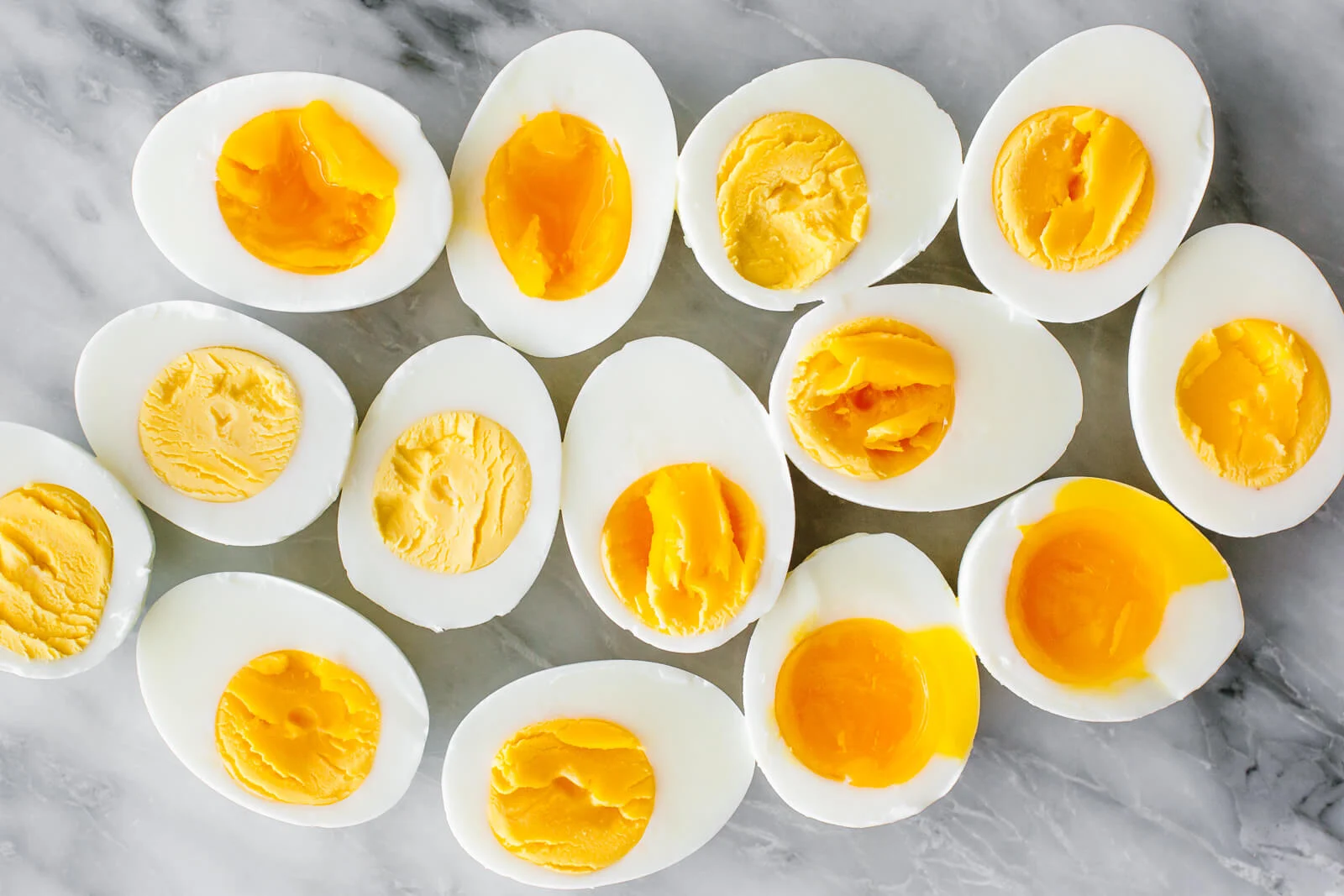

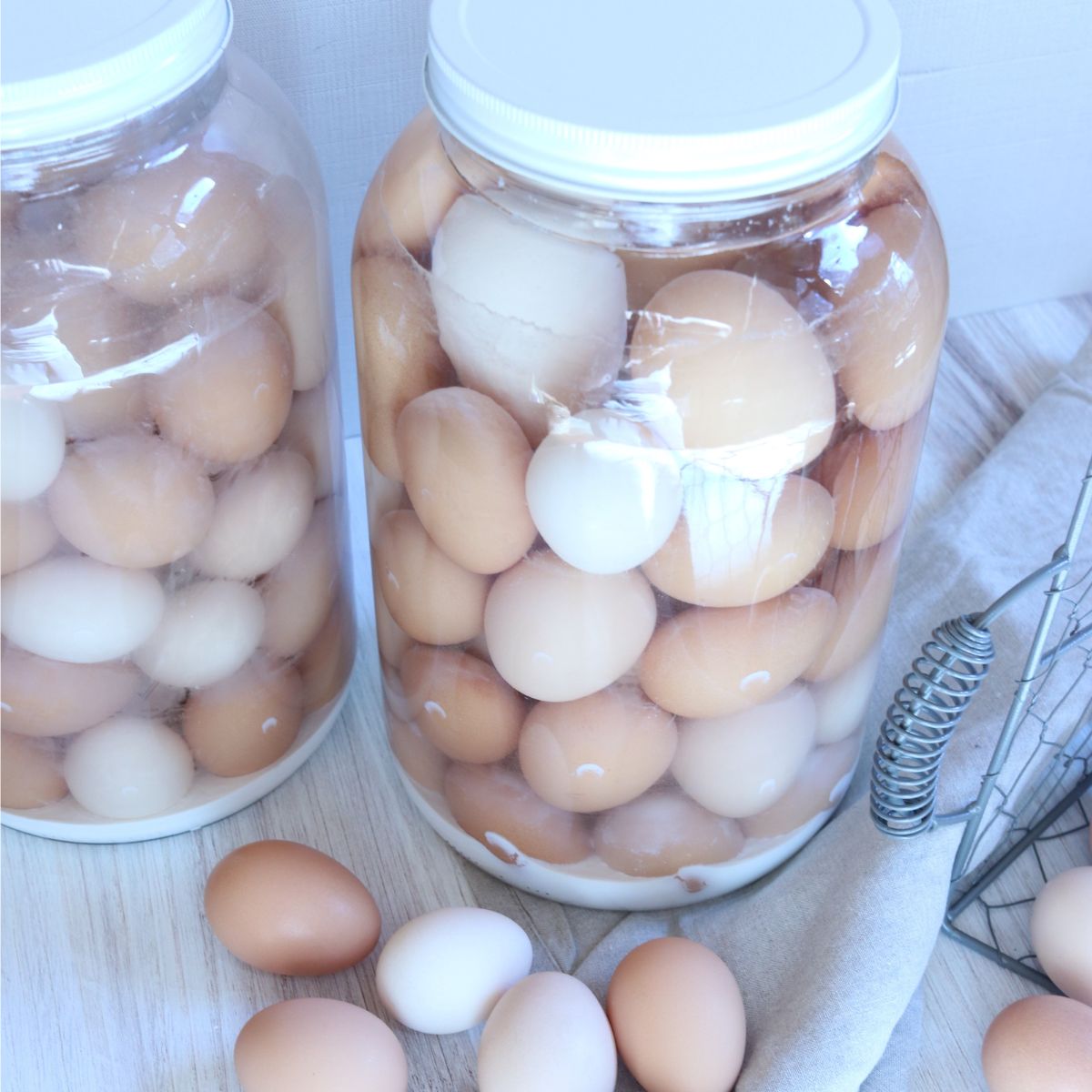

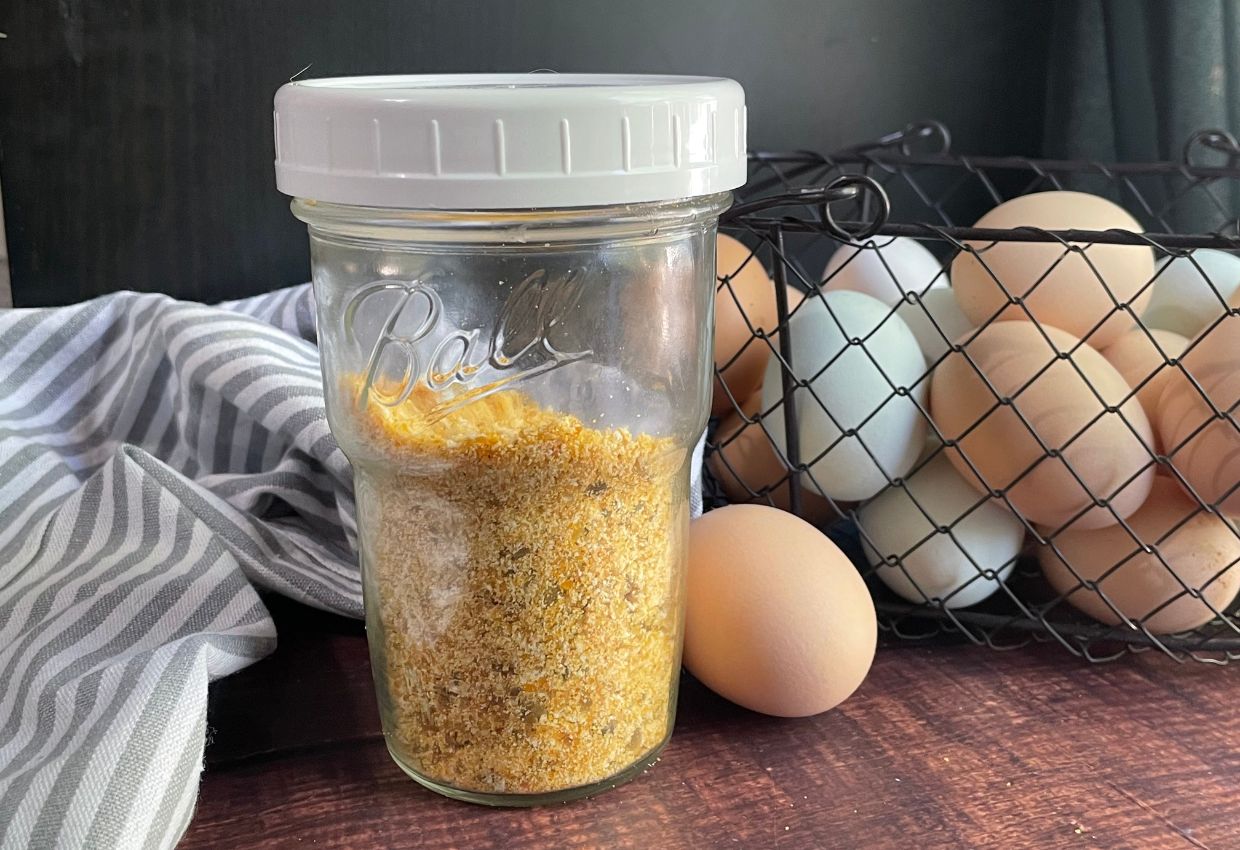
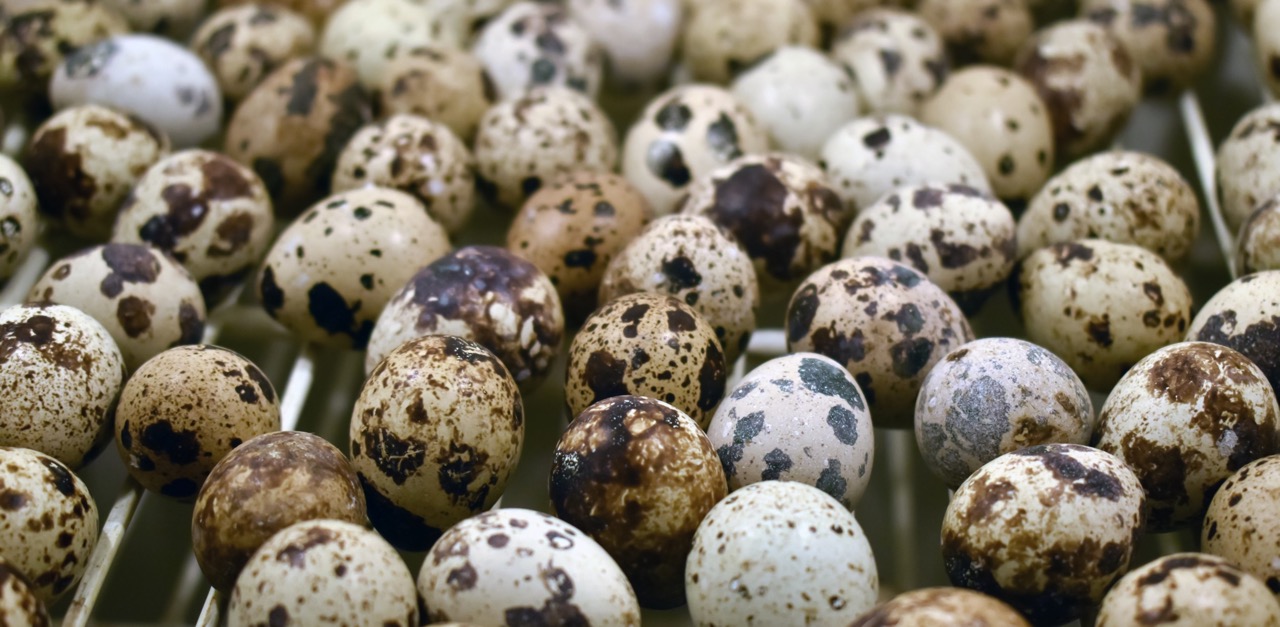
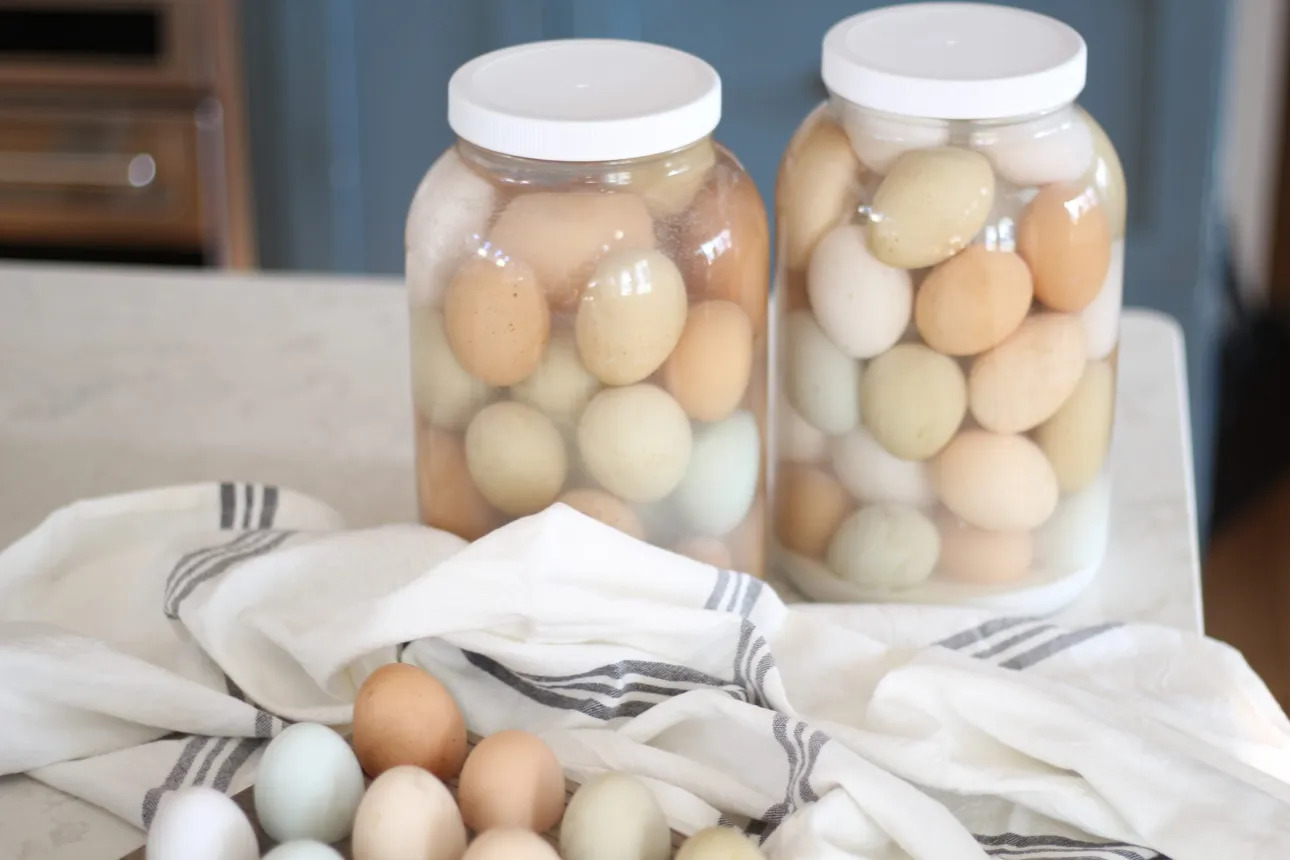
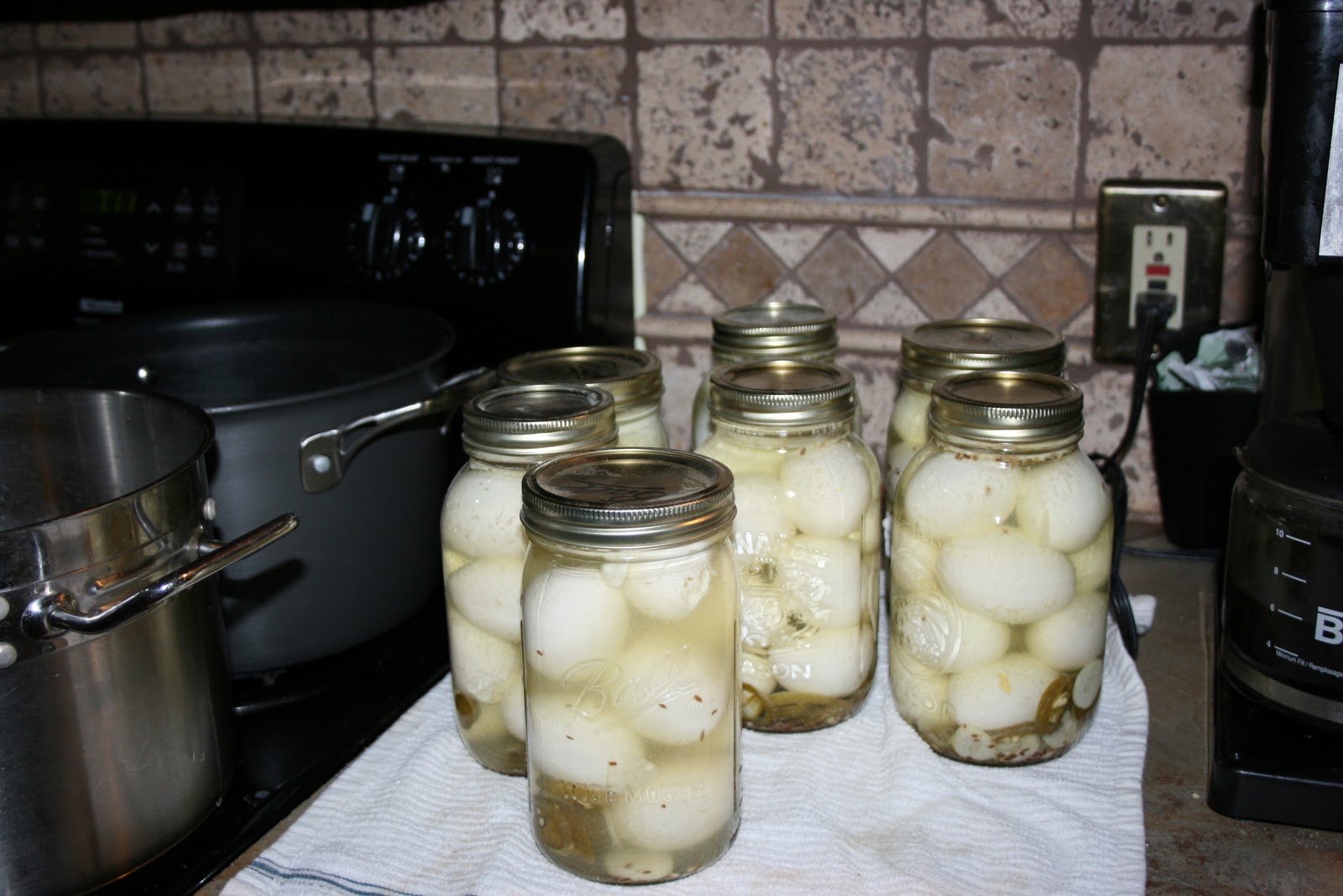
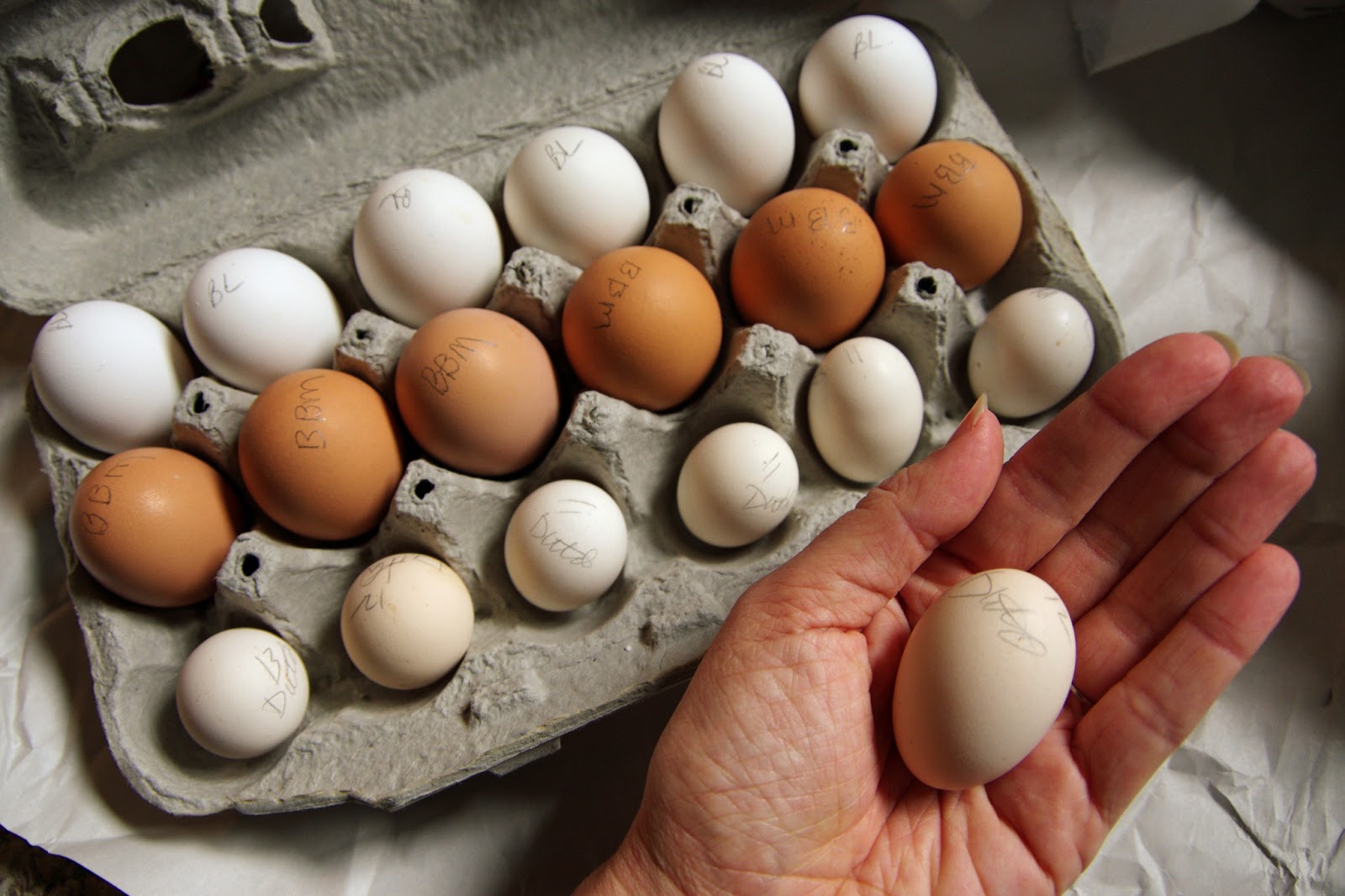

0 thoughts on “How To Store Scrambled Eggs”